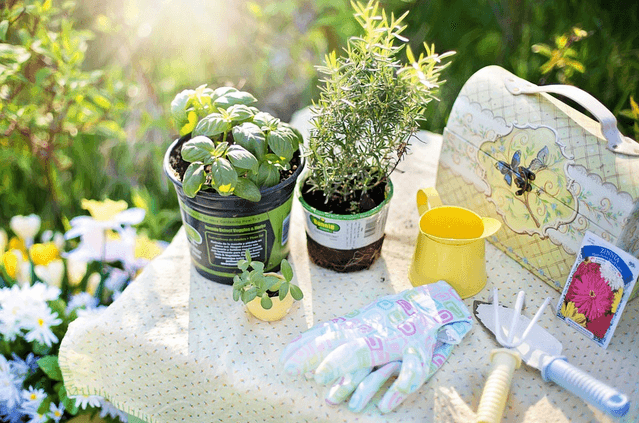Photo via http://ow.ly/Q4Ea302Aez7
We are approaching mid-summer, and you may be thinking that it’s too late to start a garden. Well, you’ll be glad to hear that it’s not too late! You can still grow vegetables and have time to enjoy them as the fall season rolls around. Personally, I love the thought of throwing on a light jacket to go out to my garden and harvest a delicious gathering of spinach in the brisk fall air! I thought I’d give you some tips this week on how to make a success of your mid-summer garden.
Succession Planting
Mid-summer gardens are created for a number of different reasons. For instance, a person who moves to a different residence in the middle of the summer may want to begin a garden right away to make the new place feel like home. Someone else may have a busy schedule at the beginning of summer that leaves no time for planting. Alternatively, some people plant gardens at the beginning of the summer and participate in succession planting. Succession planting is when someone plants vegetables that mature at different intervals throughout the summer season and replants after the first crops are harvested. This is one way to keep a steady supply of vegetables on your dinner table right into the fall!
Mid-Summer Vegetables
What types of vegetables are ideal for mid-summer planting? Broccoli, cauliflower, cilantro, leaf lettuce, mustard greens, spinach, Swiss chard, and turnips are cold-hardy vegetables that can survive a light frost. Other vegetable options include Brussels sprouts, cabbage, kale, peas, and radishes. If you don’t want to start your mid-summer garden with seeds, you can purchase vegetable plants that have already started to grow so you don’t have to wait quite as long to enjoy them.
Vegetables and the First Frost
Some vegetables, such as spinach and broccoli, are hardy enough to endure the first frost. Other vegetables, such as summer squash and beans, are more sensitive to the cold and should be harvested before the first frost of the fall. One thing you have to determine is when the first frost usually occurs in your area. That will help you create your planting schedule. Cold-sensitive vegetables should be harvested at least two weeks before the first frost. A vegetable growing calendar can be very helpful as you plan what to put in your mid-summer garden.
Challenges of a Mid-Summer Garden
There are challenges involved in growing a mid-summer garden just as there are challenges with planting one in early summer. For instance, you may have vegetable plants that look spindly and undernourished. This could mean that they are getting too much water or too little light to grow. Adding aged compost to the soil can help improve the drainage in your garden. Thinning out the vegetable plants you have can allow more sunlight to reach the area. You may discover holes in the leaves of your vegetable plants: This probably means that insects are chewing on them. A floating row cover can be an easy solution to this problem.
More Tips for Your Mid-Summer Garden
It’s important to pay close attention to the amount of space your vegetable plants need to grow. Most seeds and vegetable plants available at nurseries come with growing instructions. Planting them in the proper way gives them the sunlight they need to flourish. Also, be sure to water your garden either late in the evening or early in the morning. This allows the water enough time to sink into the soil before it evaporates in the midday sun. Good luck with your gardening!
![[Avas Flowers] Avas Flowers](https://www.avasflowers.net/newimg/avas-logo-new.png)

